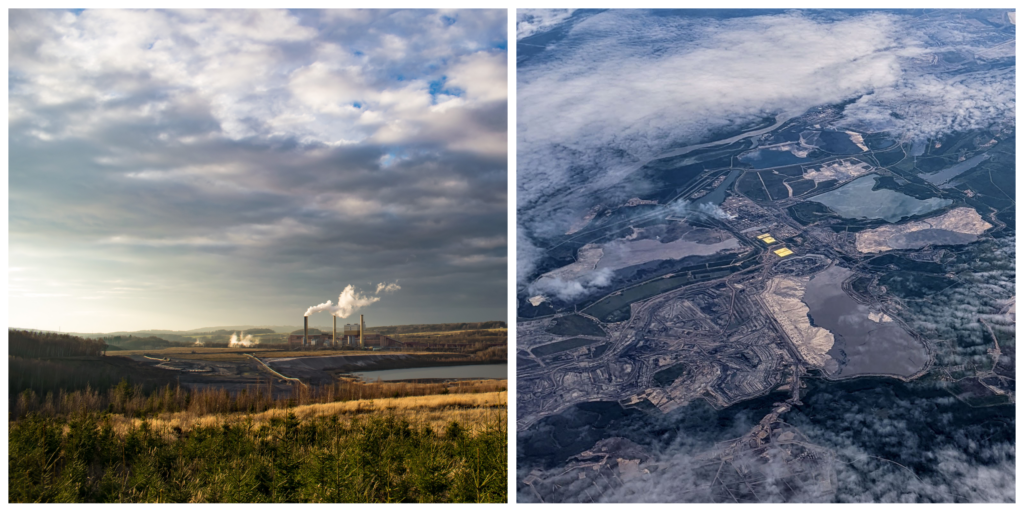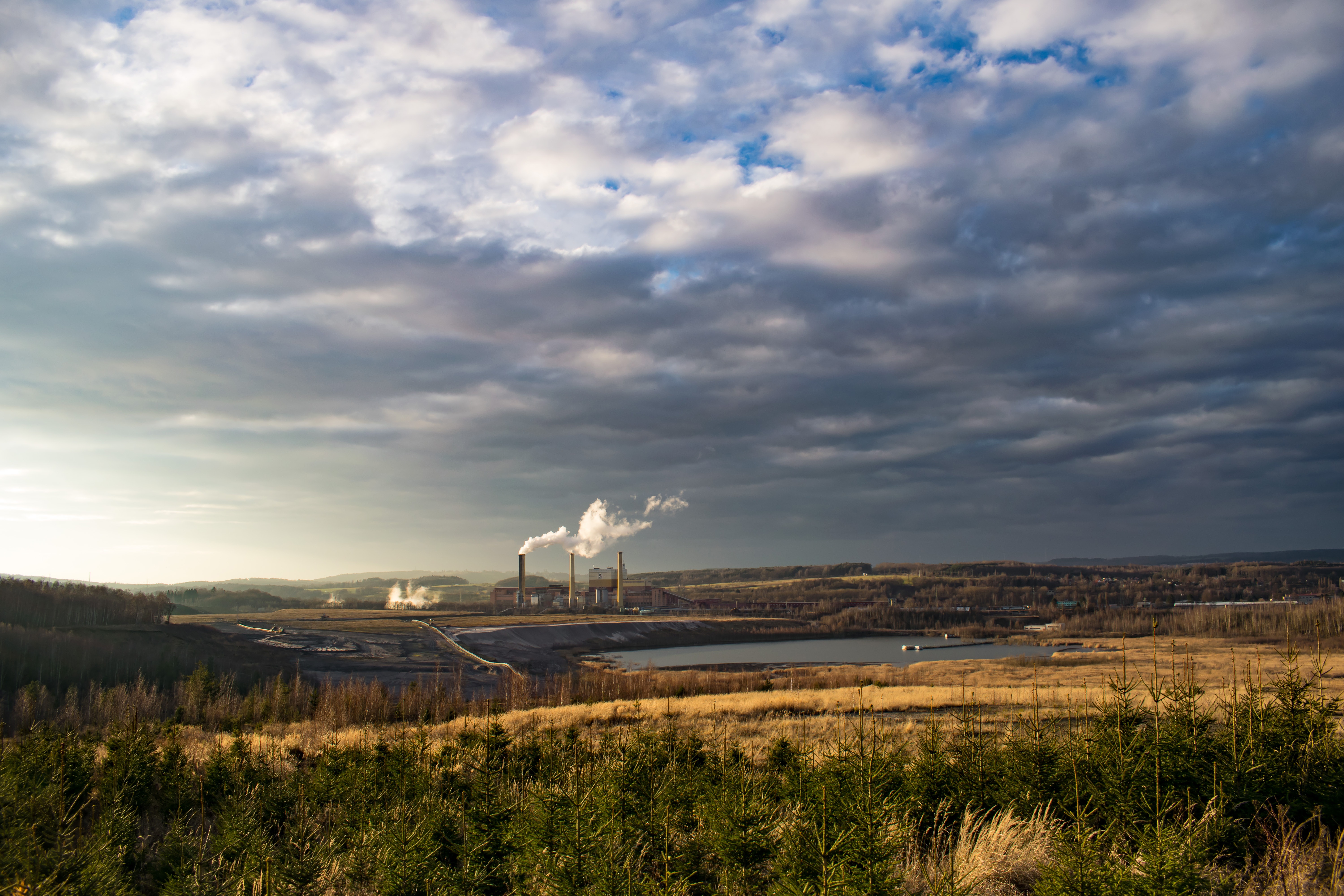Integration of the McMurray Métis Cumulative Environmental and Cultural Effects Model with the Oil Sand Monitoring Program
Project Details
Location: |
Fort McMurray, Alberta; 56.67675, -111.35301 | |
Client: |
McMurray Métis (Local 1935) | |
Duration: |
2019 – 2022 | |
Team Member(s): |
Darcy Picard, Don Robinson, Caitlin Semmens | |
Practice Area(s): |
Cumulative Effects Assessment | |
Services Employed: |
Facilitation and Engagement; Science Communication; Strategic Planning & Policy Analysis; Monitoring Design and Evaluation |
The Problem We Aimed to Solve
The Oil Sands Monitoring Program is a joint program of provincial, federal, and Indigenous governments, environmental agencies, and industry stakeholders which provides environmental monitoring information to help understand the long-term cumulative effects of oil sands development on atmospheric, aquatic, terrestrial, and social systems. These monitoring efforts are aligned with Community Based Monitoring (CBM) work of the McMurray Métis, but organizational and cultural silos can prevent effective collaboration. ESSA has helped develop the McMurray Métis Cumulative Environmental and Cultural Effects Model, a comprehensive conceptual model that includes a broad collection of Valued Ecosystem and Cultural Components (VECs), along with the Activities and Pressures which may influence those VECs and the McMurray Métis Way of Life. The McMurray community and leaders are working to articulate the key questions that they want to find answers to, related to each VEC. They want to further define the Pathways of Effect (POEs) through which VECs influence one another and are influenced by the Activities and Pressures created by the Oil Sands industries. The key objectives of the McMurray Métis are to braid together different strands of knowledge through collaboration, to provide a forum for Elders to pass along their knowledge, to provide language translation when needed, and to involve youth. The goal of the integration project was to support these objectives through a series of workshops, during which the community leaders could learn about the work of OSM-funded scientists and could share their own insights into the OSM research projects.

 How We Helped
How We Helped
ESSA organized and facilitated six online workshops involving key scientists working in the region, McMurray Métis leadership, Elders, and youth from the community. The purpose of the workshops was reciprocal learning and improvement of the Cumulative Environmental and Cultural Effects conceptual model.
Our Project’s Impacts
A key outcome of the work is the identification of knowledge gaps and opportunities for further inventory and monitoring activities that need to be implemented. These opportunities can be aligned with the existing community based monitoring activities and the Oil Sands Monitoring program.
- The project reports and supporting documents are held by the Fort McMurray Métis Local 1935 office: 441 Sakitawaw Trail, Fort McMurray, Alberta, T9H 4P3. T: 708-743-2659

